Swimming is a full-body, high-performance sport that demands peak physical and hormonal health. Yet, many swimmers overlook a crucial factor in their training: hormonal balance. Fluctuating hormones can impact energy, recovery, mood, and even stroke efficiency. That’s where the 90-Day Hormone Balance Plan comes in—a coach-approved, practical roadmap designed specifically for swimmers, with a strong focus on hydration, tracking, and motivation.
Hormones like cortisol, insulin, thyroid hormones, estrogen, and testosterone play vital roles in metabolism, muscle repair, stress response, and endurance. Intense training, early morning practices, and poor recovery can disrupt this delicate balance. Over time, hormonal imbalances may lead to fatigue, poor sleep, weight fluctuations, and decreased performance.
For swimmers, maintaining hormonal harmony is not just about wellness—it’s a performance enhancer. Balanced hormones support faster recovery between sets, improved focus during drills, and sustained energy throughout long training sessions.
This 90-day plan is broken into three 30-day phases, each building on the last to create sustainable habits that support hormonal health.
Focus on hydration: Aim for at least half your body weight (in pounds) in ounces of water daily. For example, a 150-pound swimmer should drink 75 ounces. Use a marked water bottle and refill it twice during practice.
Hydration becomes strategic. Chlorinated pools and indoor environments can dry out skin and mucous membranes, increasing dehydration risk. Consider adding a pinch of Himalayan salt or an electrolyte tablet to post-practice water, especially after intense training.
By now, hydration should be second nature. Use a hydration tracker app or journal to log intake and correlate it with performance metrics like stroke rate, endurance, and recovery time.
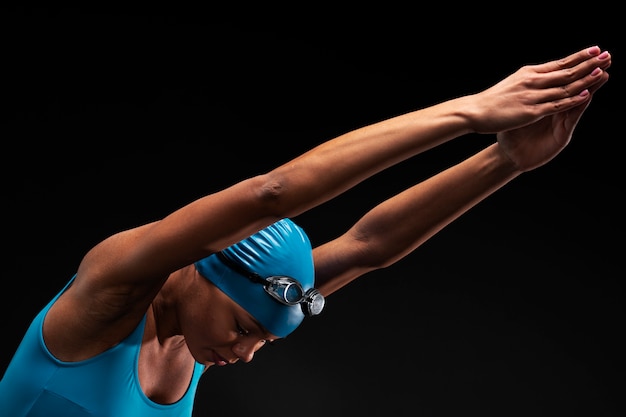
Tracking progress keeps you accountable and reveals patterns. Use a simple journal or digital app to monitor:
Look for correlations—e.g., low energy on days with poor hydration or disrupted sleep. Adjust accordingly.
Staying consistent for 90 days requires motivation. Use these cues to stay engaged:
Water isn’t just for thirst—it’s essential for hormone production and transport. Dehydration increases cortisol, the stress hormone, which can impair recovery and immune function. Even mild dehydration (as little as 2%) can reduce endurance and mental focus—critical for race-day performance.
Swimmers are at unique risk because they don’t always feel thirsty in water. Make hydration a non-negotiable part of your routine: drink before, during (breaks), and after practice.
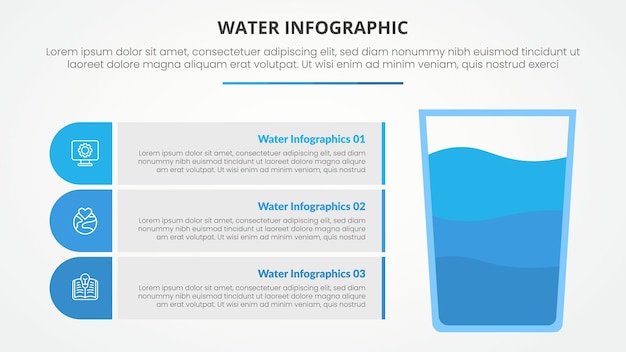
The 90-Day Hormone Balance Plan isn’t about drastic changes—it’s about consistent, smart habits that compound over time. By prioritizing hydration, tracking key metrics, and staying motivated, swimmers can achieve better hormonal health, improved performance, and greater overall well-being. Start today—your body, and your times, will thank you.

Wellness

Wellness

Wellness

Wellness
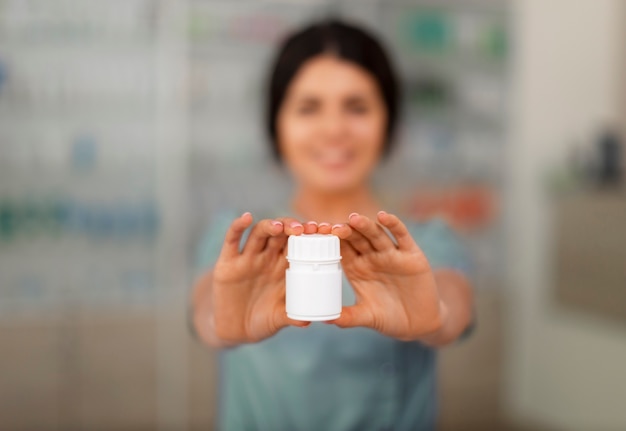
Health

Wellness
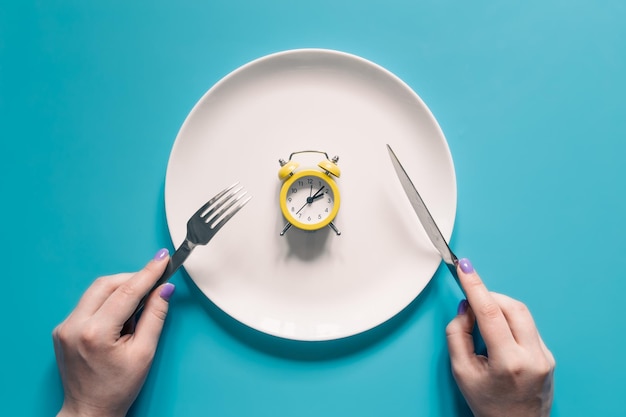
Wellness

Wellness

Wellness
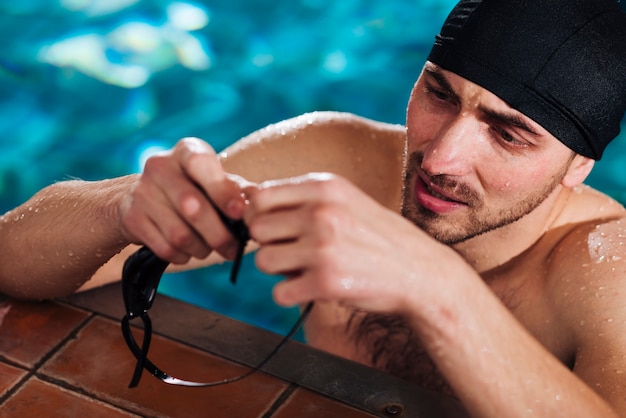
Fitness

Wellness

Fitness

Health

Fitness

Health

Health